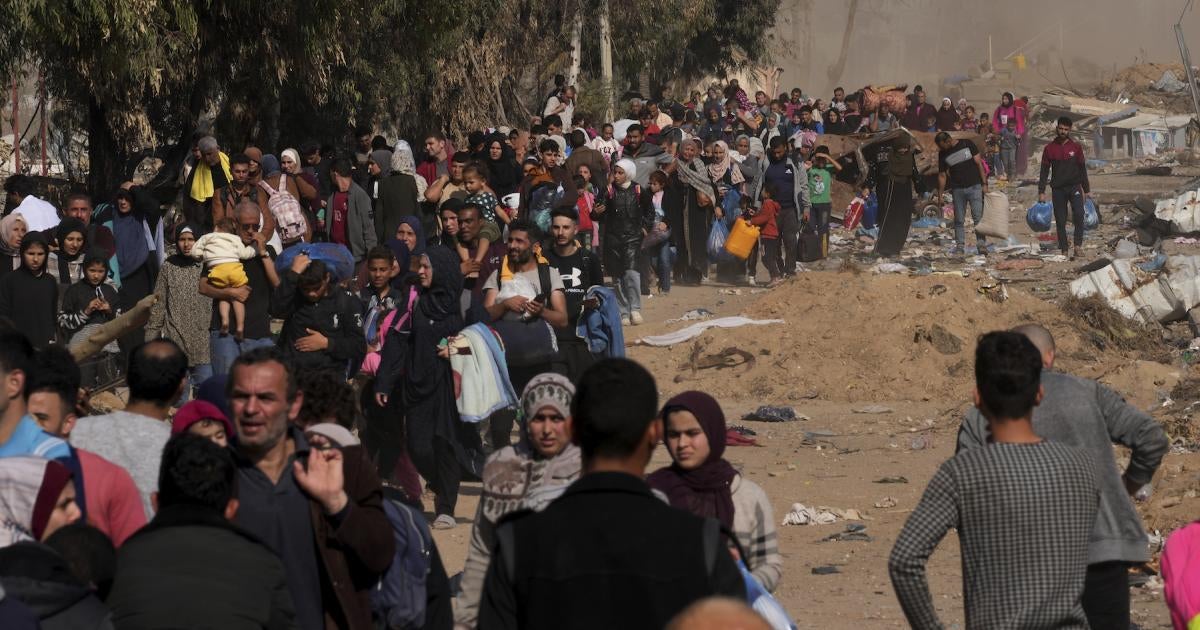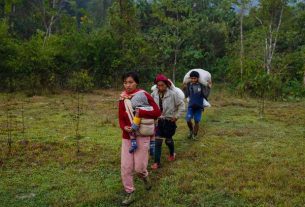On October 13, Israeli authorities ordered more than a million people in northern Gaza to evacuate their homes. Two months later, almost 1.9 million people – 85 percent of Gaza’s population – are displaced, nearly half crammed inside Rafah, the enclave’s southernmost governorate with a prewar population of 280,000.
People have told me it is almost impossible to walk through Rafah’s crowded streets to find food, water, and medication. Israeli authorities cut off basic services and most aid supplies following the October 7 Hamas-led attack in Israel that resulted in the killing of 1,200 people, mostly civilians, according to the Israeli government.
Most Gaza residents have fled – many multiple times – pursuant to Israeli orders, in search of safety. But there’s no safe place to go and no safe way to get there. According to Gaza’s Health Ministry, at least 19,600 people in Gaza, mostly women and children, have been killed since hostilities began, including in areas to which the Israeli military told them to flee.
On December 1, Israeli authorities published interactive maps designed to guide people to safety. One man sheltering in Rafah told me of his struggles to find electricity to charge his phone, let alone connect to the sporadically functioning internet, amid regular telecommunications blackouts.
International humanitarian law prohibits the forced displacement of civilians except temporarily, when required for their security or imperative military reasons. People must be allowed to return once hostilities have ended.
The Israeli military should not be taking actions that render return impossible, but there are signs it may be doing so.
Repeated attacks by the Israeli military have turned neighborhoods into rubble and, according to aid organizations, destroying or damaging the majority of homes in Gaza, risks making parts of Gaza unliveable for years to come. At least 340 schools and the majority of Gaza’s hospitals have been damaged. Satellite imagery captured since Israeli forces took control of northern Gaza in mid-November shows farmland in northern Gaza has been razed, exacerbating food insecurity and the loss of livelihoods.
A minister in Israel’s security cabinet described the evacuation of northern Gaza as “rolling out Nakba 2023,” a reference to the expulsion and flight in 1948 of more than 700,000 Palestinians from their homes in what became Israel.
Forced displacement is a war crime, and it’s becoming more of a risk. The international community should warn the Israeli government against further actions making it difficult or impossible for displaced Palestinians to return home.



